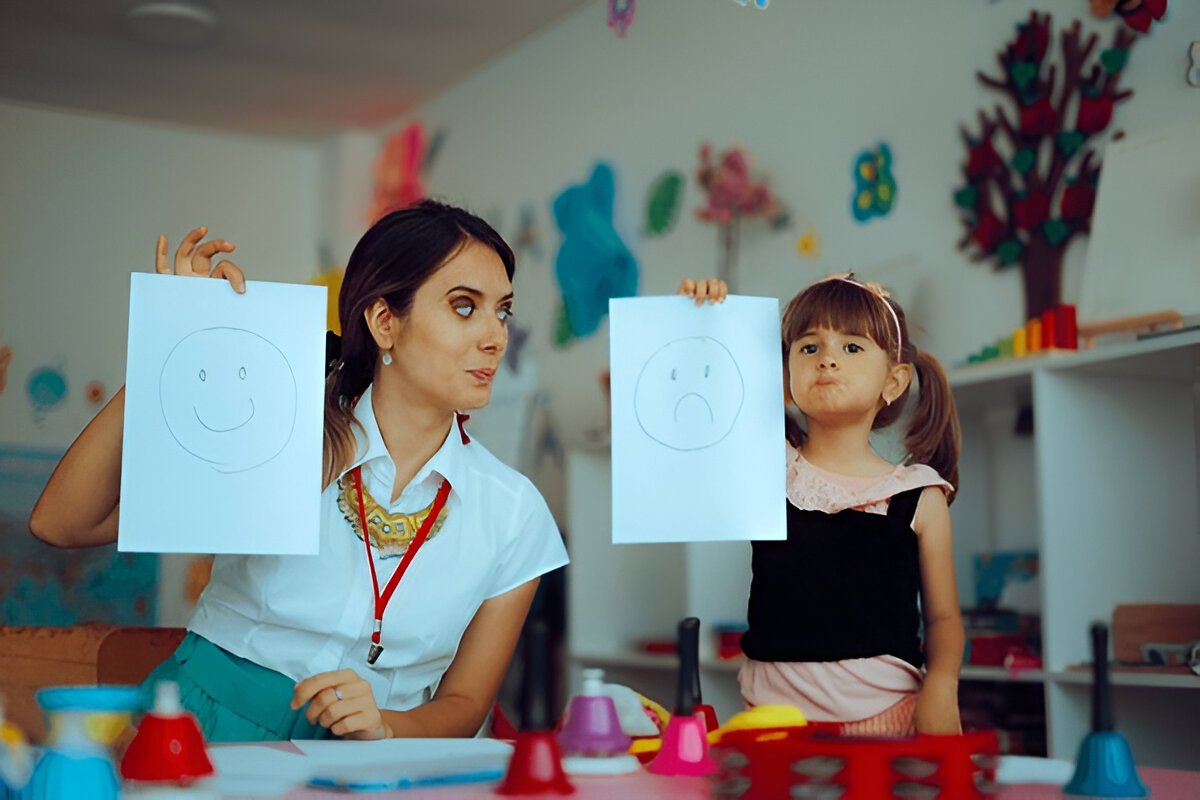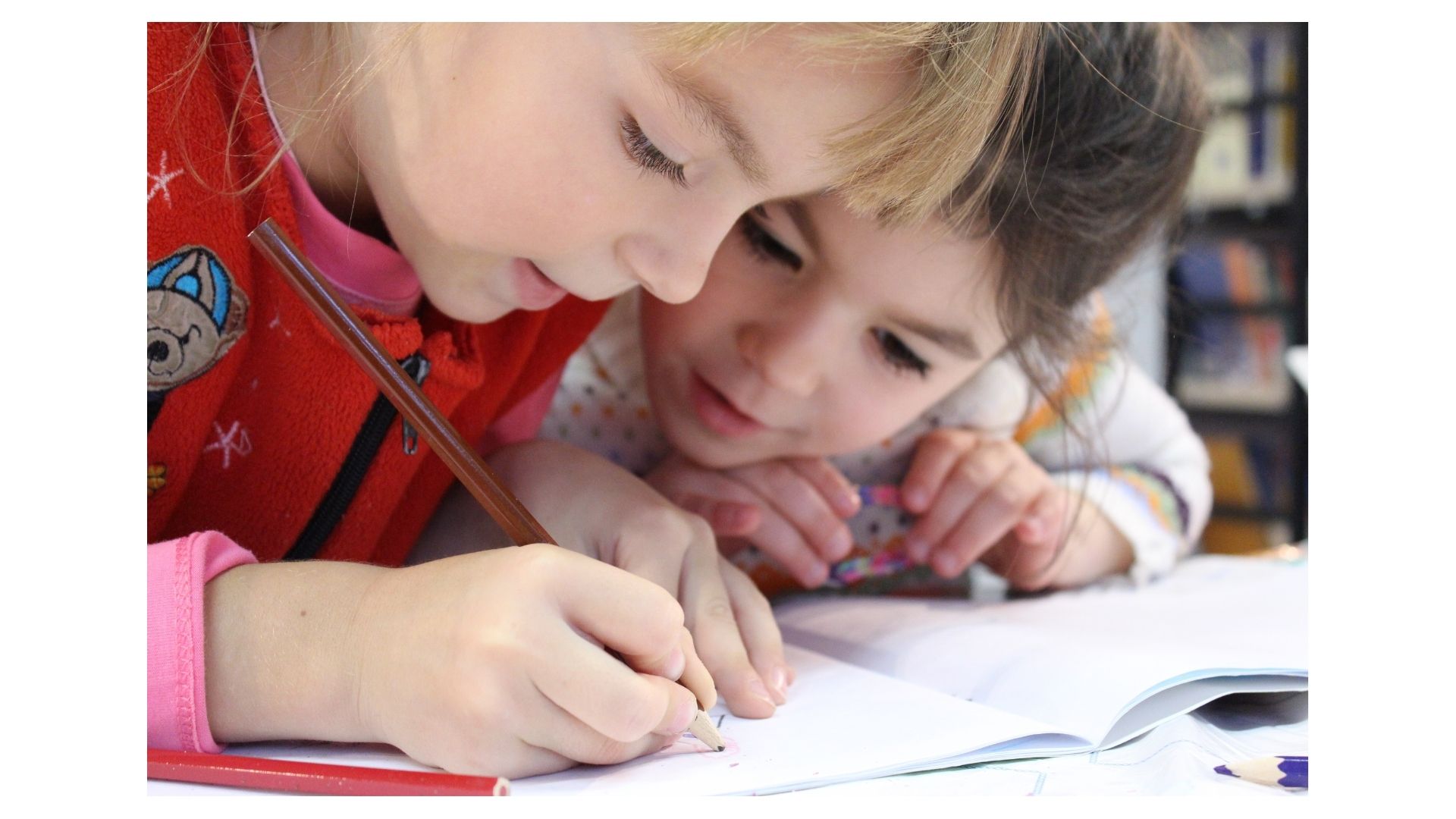Drawing for kids opens up a world full of creativity and imagination for them, in this blog we’ll discover how simple art activities can boost your child’s thinking skills and brain development and we’ve also included simple, beginner-friendly drawing guides on how to draw simple sketches like, the picture of Lord Ganesha and the Indian flag,Ensuring your child with an easy and fun start.

In this blog, we’ll take a closer look as to what is Drawing for kids and how it boosts their thinking ability and supports their brain development, and why encouraging creative expression from an early age can make a lasting impact.
The Science Behind Drawing For Kids And Their Brain Development

How Drawing Engages Multiple Brain Areas
When children draw, their brains light up in many places at once, Several neural pathways activate as they work on their art. For example, their visual centers help interpret colors and shapes. Their motor cortex coordinates hand movements, while the spatial processing center helps position images in space. All these parts work together during the act of drawing.
Cognitive Benefits of Drawing for Children
Drawing is more than just making pictures, It improves problem-solving skills as kids figure out how to represent objects. It enhances memory because children recall details of what they want to draw. Drawing also boosts attention span, helping children stay focused longer on tasks. Researchers link early drawing to stronger literacy and math skills because it helps develop skills like sequencing and spatial awareness.
Research and Expert Insights
Numerous studies show that children who engage in drawing and other creative play develop healthier brains. Harvard researchers found that early childhood activities like drawing build neural connections that last a lifetime. Child development experts suggest that creative play isn’t just a way to pass time; it’s essential for brain strength and flexibility.
How Drawing Enhances Cognitive and Emotional Skills

Developing Fine Motor Skills
Holding a pencil and making controlled strokes strengthens tiny muscles in their hands. This improves coordination between brain signals and muscle movements. Kids who practice drawing, often demonstrate better handwriting and other fine skills, like tying their shoelaces or buttoning shirts.
Fostering Creativity and Imagination
Drawing unlocks a child’s inner world. It encourages they think beyond reality and imagine new things. Over time, children develop unique artistic styles and storytelling abilities. This creative confidence spills into other areas, nurturing innovation and aiding their thinking process.
Supporting Emotional Regulation and Confidence
Expressing feelings through art can calm children and help them process emotions. Drawing becomes a safe space for expressing fears or happiness. As children see their progress and receive praise, their confidence grows. Perseverance through a tough project teaches resilience, valuable in many parts of life.
Practical Ways Parents Can Encourage Drawing at Home

Creating a Stimulating Artistic Environment
Set up a cozy corner just for art. Keep supplies like crayons, markers, paper, and paints nearby. An inviting space motivates children to create regularly. Display their artwork proudly to boost their pride and inspire new projects.
Integrating Drawing into Daily Routines
Make drawing a daily habit. For example, ask your child to illustrate their day or tell a story with pictures. Use themes like animals, family, or favorite adventures. These activities deepen their engagement and make drawing more meaningful.
Encouraging Artistic Exploration
Let children experiment with colors and shapes without criticism. Celebrate effort and creative ideas instead of final results. Giving encouragement builds a love for art and helps build confidence.
The Long-term Impact of Drawing on Academic and Personal Success

Academic Performance and Creativity
Early drawing skills are linked to stronger performance in science, technology, engineering, arts, and math (STEAM) areas. Creative children tend to think outside the box and excel in problem-solving. Many successful artists, inventors, and leaders started their journeys with a simple pencil and paper.
Building Essential Life Skills
Drawing teaches patience, focus, and attention to detail. Kids learn to plan, make adjustments, and see their projects through. These skills translate into better habits in school and life, helping them tackle challenges with confidence.
Parental Role in Sustaining Artistic Growth

Encouragement from parents motivates children to keep creating. Regular praise and interest in their work inspire lifelong curiosity. Supporting their artistic pursuits helps develop well-rounded individuals who are confident and eager to learn.
Here are some simple project ideas to do with your children:
Drawing Ganesha: A Step-by-Step Guide

Lord Ganesha is a symbol of wisdom, prosperity, and good luck, Drawing Him can seem complicated but is easier with simple steps.
- Start with a large round head and focus on unique features like the big ears and trunk.
- Add details like flowers and modak (sweet dumplings) for a more traditional look.
- For beginners, using light sketch lines makes it easier to fix mistakes. Advanced artists can work on shading and details to make the picture stand out.
These were some tips for beginners to help your child with getting started with a simple but fun project that will give them a huge boost on their Artistic Journey.
Tips on Drawing The Indian Flag

Drawing the Indian flag is a good way to incorporate patriotism and art. Here are some tips on getting things started along with a complete guide to complete this project.
1.Begin with a rectangle and draw three horizontal bands: saffron, white, and green.
2. Place the navy blue Ashoka Chakra in the center of the white band. Use rulers for accuracy, and add fine details to make it look neat.
Kids and adults can create flag-themed artwork, perfect for school projects or decorations during Independence Day.
Conclusion

Drawing does more than just entertaining children, it helps shape their brains and emotions. Through simple sketches, children develop motor skills, boost their creativity, and learn emotional resilience. Parents have the power to nurture this growth by creating supportive environments and encouraging daily artistic expression. Incorporating drawing into your child’s routine can unlock a world of benefits that last a lifetime. Embrace their inner artist today for a brighter future.





